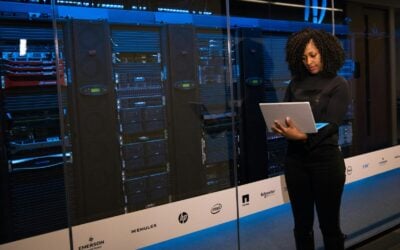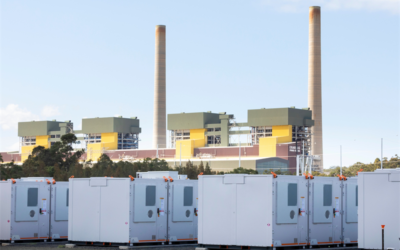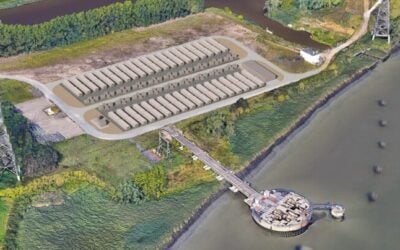
Australian energy giant AGL has submitted its 500MW/2,000MWh Tuckeroo Battery project for federal environmental approval.
The battery energy storage system (BESS) project, located in Hopeland, Queensland, officially entered the Environment Protection and Biodiversity Conservation (EPBC) Act referral process at the end of last week.
The Tuckeroo Battery project will be constructed approximately 140km northwest of Toowoomba and 13km north of Kogan within the Western Downs Regional Council area.
The facility represents AGL’s second major battery storage project following its recent commitment to a similarly sized 500MW/2,000MWh system near the Tomago aluminium smelter in New South Wales.
Try Premium for just $1
- Full premium access for the first month at only $1
- Converts to an annual rate after 30 days unless cancelled
- Cancel anytime during the trial period
Premium Benefits
- Expert industry analysis and interviews
- Digital access to PV Tech Power journal
- Exclusive event discounts
Or get the full Premium subscription right away
Or continue reading this article for free
According to the federal environmental referral, the Tuckeroo Battery is scheduled to begin commercial operation in the second half of 2027 and is expected to operate through 2049.
The project has already secured development approval from Western Downs Regional Council in March 2025, providing the necessary local planning permissions for construction to proceed.
The battery storage system will connect to Queensland’s transmission network and the wider National Electricity Market (NEM) via underground 275kV transmission lines linking to the nearby Western Downs Substation.
State-owned transmission company Powerlink Queensland is developing this connection infrastructure separately, having submitted its own federal environmental referral for the 1.8km underground transmission line in October.
AGL expects the Tuckeroo Battery to provide firming capacity to the NEM while delivering additional grid stability services. The project’s 4-hour duration capability positions it to capture arbitrage opportunities and provide peak demand support across Queensland’s electricity network.
Construction of the battery system is projected to create approximately 200 jobs during the development phase, with six full-time operational positions once the facility enters service.
Federal environmental approval would mark a significant milestone for the project, as the assessment process evaluates the project’s impact on biodiversity and its environmental management measures. The EPBC referral process will determine whether the project requires a full environmental impact assessment or can proceed under the existing approvals framework.
Last month, the Australian Parliament received a set of bills aimed at reforming the EPBC process (ESN Premium access), with the twin aims of streamlining approvals to shorten project development timelines and prevent biodiversity decline as an unintended consequence.
Recent submissions to the EPBC Act in Queensland include Eku Energy and LP Renewables’ 1,600MWh Belah BESS near the rural town of Chinchilla, and a 200MW BESS being proposed by Samsung C&T Renewable Energy Australia near Townsville. The duration of this has not been disclosed.
It is also worth noting that these battery storage systems contribute to Queensland’s substantial pipeline of energy storage projects, as the state pursues ambitious renewable energy targets. Queensland’s recent Energy Roadmap 2025 targets 4.3GW of short-duration energy storage by 2030.
Recent AGL activity in Australia includes the acquisition of South Australia’s Virtual Power Plant from Tesla and the purchase of a 720MWh long-duration electro-thermal energy storage site in South Australia.





